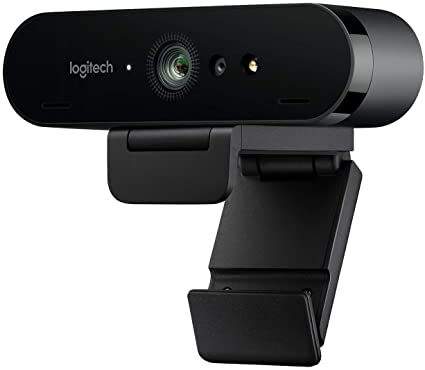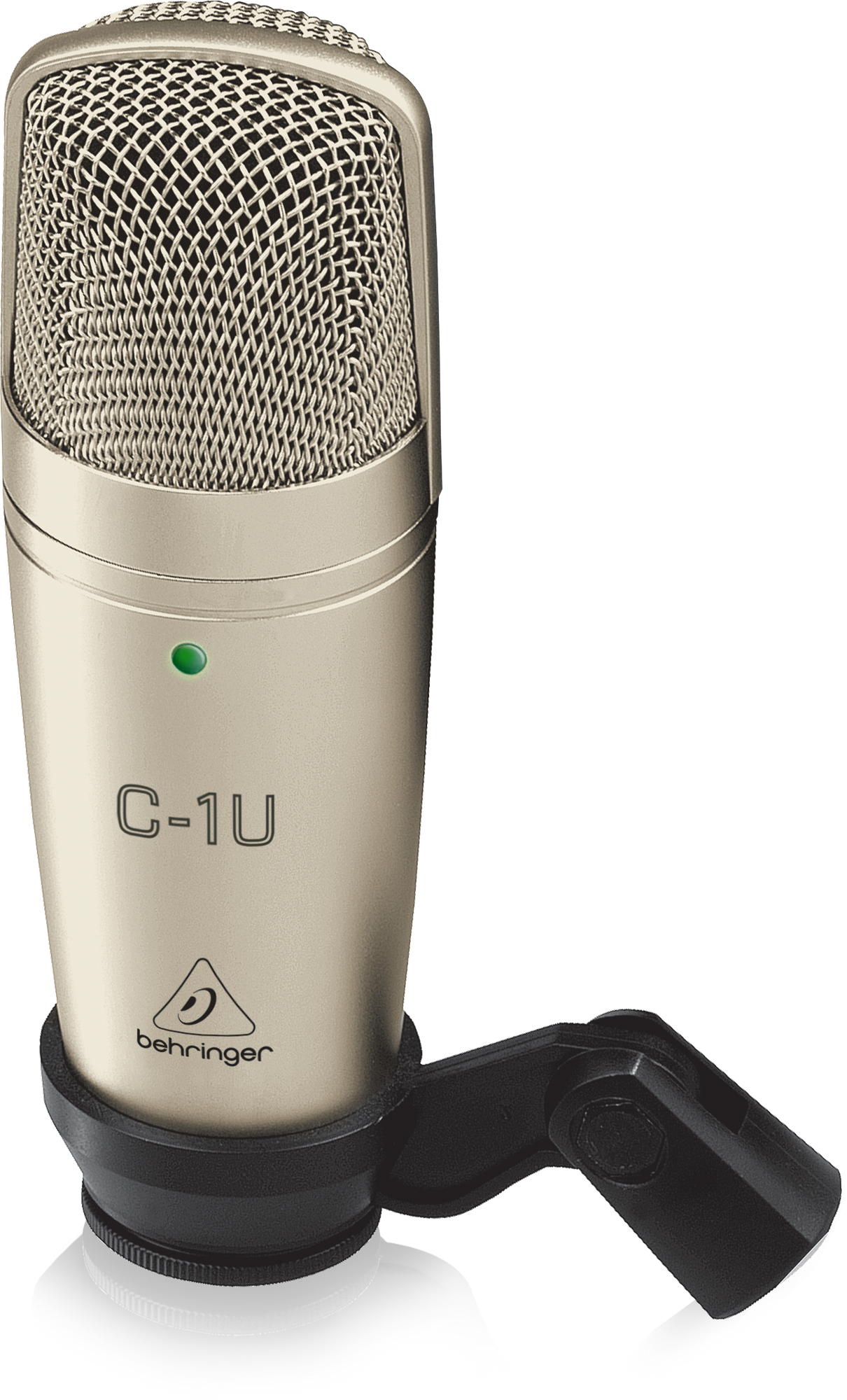In 2020, the role of Solutions Consultants has changed dramatically. We have had to master having effective conversations, running demonstrations, building new relationships and closing deals completely remotely.
As a result, I have witnessed the good, the bad and the ugly of remote meetings. So many people have their home working environment set up in a way that you can’t see them, can’t hear them or distractions make it difficult to work with them effectively.
I recently wrote about some advanced tips for using your video conferencing tool as well as some keyboard shortcuts. These are of little use, however, unless we get the fundamentals right. So, here are some tips on looking professional which I have learnt from working in lock-down.
Lighting
Ask any photographer about how to get the most out of a camera and they will tell you that the lighting is key. Even the perfect lighting can allow an average webcam to look great. I have seen so many people silhouetted on webcam because they are sitting with a bright window directly behind them. This results in other participants not being able to see you – you may as well turn off your webcam for a more professional appearance.
I find the simplest solution is to sit in front of a window so your face is illuminated by natural, indirect sunlight. Not only does this make your picture quality look great, but it will also often result in your face being slightly brighter than your background which directs your audience’s attention to where you want it to be.
However, natural light isn’t always easy to come by in the winter like when we began lock-down (especially for my colleagues in the Nordics). During the winter, I use two separate lamps on my desk to ensure there is plenty of light for the camera.
Webcam

Using the webcam built into your laptop can leave a lot to be desired. Not only will the picture quality generally be pretty poor, but they also wobble if you are making notes with your laptop keyboard.
The gold standard of webcam tends to be the Logitech Brio but there are plenty of others to suit all budgets. I’d recommend mounting it to your second monitor or even on a separate stand if you are only using your laptop to avoid the keyboard wobble.
Webcam positioning
The positioning of your webcam is just as important as the webcam itself and, as such, it deserves its own subheading. Most webcams built into your laptop just above the screen are going to give the audience a great view of your chin and nostrils.
Unfortunately, my company has gone one step worse. They have recently rolled out laptops that actually has the webcam set into the hinge where the screen meets the keyboard. Not only does this give an awful upward-facing angle, but it also only captures your knuckles if you happen to be typing on your keyboard.
For the best results, your webcam needs to be at eye level, either on its own stand or on the top of your second monitor.
Ensuring echo-free audio

Audio is the #1 most important element for communicating with your clients. You can have the best presentation, webcam and lighting in the world, but if people can’t hear you, you’ll never be able to get your point across. If you rely on the microphone built into your laptop, you will inevitably introduce feedback or an echo to your call. This can be infuriating to others on the call and you may not even be aware that it is coming from you.
In most cases, your best bet is to use a headset. Even an inexpensive set will make a considerable difference to your presentations. Not only will you be able to hear the other participants clearly, but they will also be able to hear you without any echo. You will have the option of wired or wireless and there are pros and cons to both.
The wireless option allows for a lot more flexibility – most notably being able to grab a glass of water from the kitchen during your Account Exec’s part of the presentation! However, I have opted for a wired headset as I have found it to be more reliable. With a cord, you will never have the issue of connectivity or the battery dying.
Alternatively, if you prefer to have the freedom of not wearing a headset while on camera, you could consider getting a USB condenser mic. These are typically used for recording music and podcasts but can be used equally well for video conferencing. I use the Behringer C-1U USB mic when I don’t want to use a headset, especially in the heat of the summer without AC.
Finally, when presenting a long workshop, I like to stand up to present at a standing desk to keep the session energised. This may sometimes restrict you from using a condenser mic on your desk so another alternative would be to use a lavalier mic like the ones newsreaders use. These simply clip to your shirt and can usually be plugged directly into the jack input on your laptop.
Final words
Luckily, for many Solutions Consultants, working from home (if not on the road) is the norm. For others, myself included, we are more used to face-to-face meetings so there has been a considerable amount to learn remote meetings and how to present ourselves professionally.
I hope you have found this article useful. Did I miss anything? I’d love to hear your thoughts in the comments below.